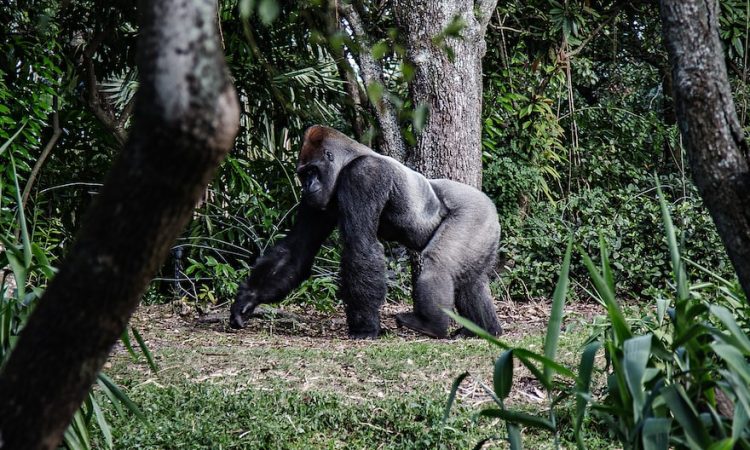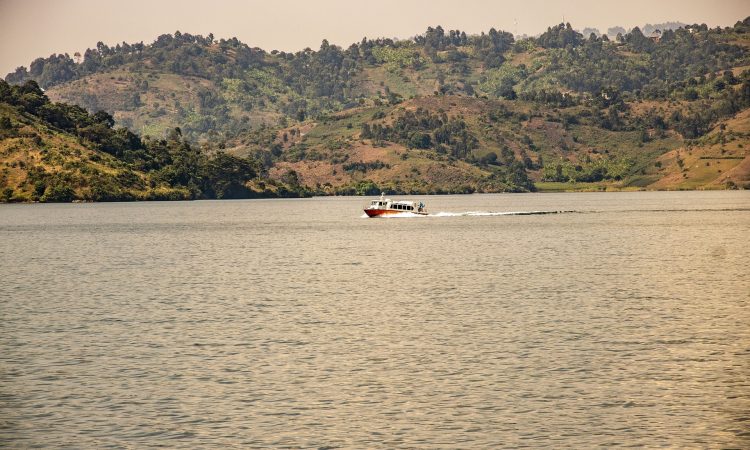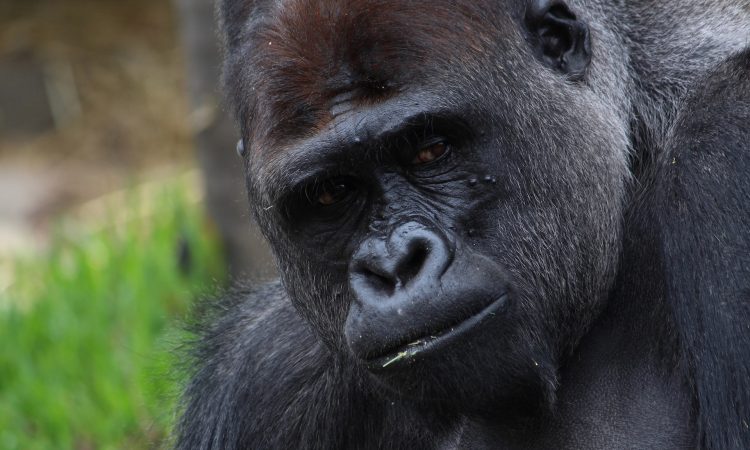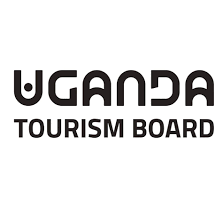Mount Mikeno is one of the eight Virunga volcanoes located in the Democratic Republic of Congo. It is the third highest mountain and the second highest of the Virunga volcanoes, standing at 4,437 meters above sea level. Only Mount Karisimbi is higher.
The name “Mikeno” comes from a local word meaning “poor,” referring to its steep slopes that make it hard for people to live there.
Mount Mikeno is one of the oldest volcanoes in the region and dates back to the Pleistocene Epoch.
It is the highest mountain fully located in Congo and the 13th highest in Africa.
The Mount Mikeno Volcano, Congo
Mount Mikeno lies in Virunga National Park, which borders Uganda and Rwanda. The park covers 7,800 square kilometers and was established in 1925. It is the oldest national park in Africa.
Seven of the Virunga volcanoes are located inside this park.
Mount Mikeno receives rain from winds that hit its slopes, making the soil very fertile.
The first person to climb Mount Mikeno alone was W.J. Wanshoff Van der Meesch in 1932. After 28 years, Cai Tjeenk Willink, Lewis Mudge, and Pierre Peron climbed it again, passing five false peaks before reaching the real summit.
Climbing Mount Mikeno is one of the most difficult hikes among the Virunga volcanoes. However, those who reach the top are rewarded with clear views of the East African Rift Valley.
- Campsite 1: The hike starts at the Bukima patrol post and takes about four hours to reach Kabara campsite. This campsite is also the burial place of Carl Akeley, a conservationist and nature photographer who died of fever while climbing the mountain in 1926. Sadly, his grave was later disturbed, likely by people looking for gold, as it was once believed he was buried with it.
- Campsite 2: The next part of the hike takes you from Kabara to the summit, which is also about four hours. However, many climbers stop at Kabara campsite due to the hard climb and the effects of high altitude. Climbing Mount Mikeno is recommended only for very experienced hikers.
Other Virunga volcanoes include Mount Bisoke, Mount Karisimbi, Mount Muhabura, Mount Sabyinyo, Mount Gahinga, Mount Nyiragongo, and Mount Nyamuragira.
Mountain Gorillas
The slopes of Mount Mikeno are home to endangered mountain gorillas, making gorilla trekking a major activity in Virunga National Park.
A gorilla permit in Congo costs $400 and allows visitors to spend one hour with a selected gorilla group.
Only eight people are allowed to trek each gorilla group, and children under 15 years are not allowed.
Virunga National Park is not only home to Mount Mikeno and mountain gorillas but also many other animals. These include 128 species of mammals, 78 species of amphibians, 109 species of reptiles, and 22 species of primates.
Some animals found in the park are okapi, forest elephants, leopards, bushbucks, bush pigs, buffalos, hippos, warthogs, and primates like blue monkeys, black-and-white colobus monkeys, red-tailed monkeys, and olive baboons.
The park also has over 706 species of birds. Some of them include the Madagascar bee-eater, yellow-billed barbet, grey-throated barbet, double-toothed barbet, narrow-tailed starling, Ruwenzori turaco, and Kivu ground thrush.
Best Time to Visit
The best time to visit Mount Mikeno is during the dry season, which runs from June to September and December to February.
During these months, it is easier to see gorillas, and there is less rain. This makes the hiking trails safer and less slippery.
Note: You will need a yellow fever vaccination card to enter Rwanda and Congo.
Accommodation & Getting There
Tourists visiting Virunga National Park can stay in places like Mikeno Lodge, Virunga Lodge, Bukima Tented Camp, Tchegera Island Tented Camp, Kibumba Tented Camp, Lake Kivu Lodge, Nyiragongo Summit Shelter, and others.
Mount Mikeno is easy to reach from Kigali, Rwanda. Visitors can fly into Kigali and drive to the Congo border in about three hours.
If you are planning to climb Mount Mikeno, you should carry good hiking boots, a raincoat, warm clothes, packed lunch, energy snacks, insect repellent, sunscreen, a hat, sunglasses, and other useful items.
Tourists can also hire porters to help carry their bags at a fair price.











